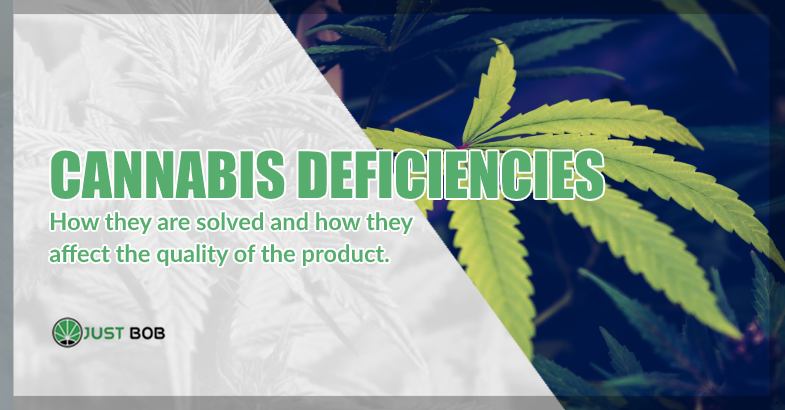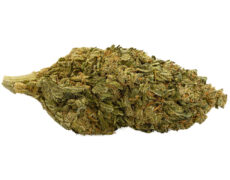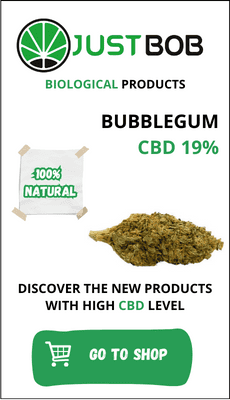Modified on: 19/04/2024
EVERYTHING YOU NEED TO KNOW ABOUT CANNABIS NUTRITIONAL DEFICIENCIES.
CBD weed and cannabis growers know that the identification of nutritional deficiencies in cannabis is essential to ensure the survival of the plants. Early diagnosis of marijuana’ symptoms, diseases and deficiencies, helps farmers to have a good harvest and prevent their plants from dying.
Besides, you need to be able not only to identify negative signs but also to restore the health of the cannabis plant.
-
 SMALL & BIG
SMALL & BIGBUBBLEGUM
Indoor | CBD – CBDA<22%
Starting from:EASTER SALE -10%
1,25CHF1,10CHF/gGrams3 5 10 20 50 100 -


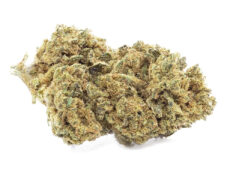
DO SI DOS
Starting from: 2,00CHF/gIndoor | CBD – CBDA < 19%
Grams3 5 10 20 50 100 -


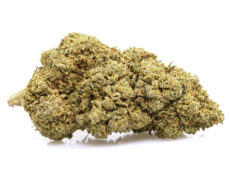
ROYAL GG#4
Starting from: 2,30CHF/gIndoor | CBD – CBDA < 40%
Grams3 5 10 20 50 100 -


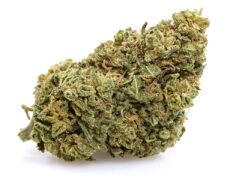
GORILLA GLUE
Starting from: 2,90CHF/gIndoor | CBD – CBDA < 20%
Grams3 5 10 20 50 100
Are you sure your plants are doing well? Would you like to know everything about cannabis plants and care? Then read the right article! Today, we want to show you the primary deficiencies of CBD cannabis and explain how to recognise them at a glance.
What nutrients might CBD weed lack?
To survive, cannabis plants need to feed on the substances in the soil or irrigation water in the right quantities. They develop diseases when the following substances are absent or present in insufficient (or even excessive) amounts:
- macronutrients, namely nitrogen, phosphorus and potassium (NPK)
- magnesium
- iron
- copper
- boron
- sulphate
- zinc
- molybdenum
- manganese
- silicon
If the cannabis plants show apparent signs of difficulty, the grower usually checks the Ph. If the Ph is perfect (with values between 5.5 and 7), then the amount of light could be the problem. On the contrary, if the Ph is below or above these values, the plant’s discomfort is undoubtedly related to the nutrients.
The most frequent deficiencies are generally those of NPK, or the three macronutrients nitrogen, phosphorus and potassium. In some cases, deficits are related to one or more of the other minor substances.
Read also: CBD cannabis: average price and top quality. The best value selection at JustBob
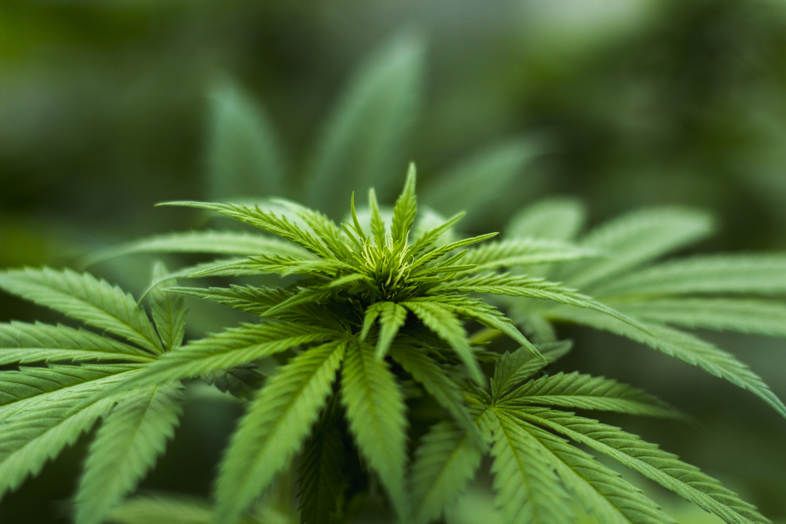

What are nutritional deficiencies consequences of cannabis plants?
Each nutrient deficiency gives rise to particular symptoms, but the most common ones are a sharp slowdown in the growth of the stem and a series of diseases of the plant and its leaves. On the other hand, with an excess of nutrients, you can see the death of the plant or the flowers, leaves and roots, which appear to be burnt.
Such a situation significantly affects the quality of the final product. To ensure that our customers receive the best legal hash and cannabis buds, at JustBob, we make sure that all plantations are well maintained and that farmers intervene quickly if they encounter problems or diseases in the plants.
Now let’s take a look at the symptoms and remedies for the deficiency of the primary nutrients in CBD cannabis.
Nitrogen deficiency in legal cannabis
If a legal marijuana plant suffers from nitrogen deficiency, symptoms are mainly observed on the leaves that have developed first, i.e. those found at the base and the central part of the stem. These leaves are yellow at the tips and often wilt and dry out; usually, the stem turns red until it dries completely and the leaflets fall off.
Gradually the symptoms of insufficient supply of this substance spread to the younger leaves, reaching the top of the cannabis plant.
Usually, this deficiency occurs during the flowering phase, so it is essential to quickly act so that the CBD flowers are preserved, and the low nitrogen supply does not spoil the harvest.
What can be done in this case? Immediately add more nitrogen by adding a fertiliser rich in nitrogen to the irrigation water and/or the soil. Growers usually use blood meal, bat guano and vermicompost, which will probably horrify you at first but are lifesavers for nitrogen-deficient plants.
Symptoms and solutions to cannabis phosphorus deficiency
When a CBD hemp plant does not absorb enough phosphorus, its growth and vitality are affected. The plant grows very slowly and appears fragile and dull. If the cannabis has rolled leaves and loses the bright green colour of the leaf edges (which sometimes turn brown), it probably has a phosphorus deficiency.
Phosphorus deficiency usually occurs during autumn and winter or when the soil is excessively moist and alkaline.
In this case, too, it is solved by adding more massive amounts of phosphorus through the use of special fertilisers. When the phosphorus in the fertiliser exceeds 5%, it is perfect for restoring the health of cannabis plants.
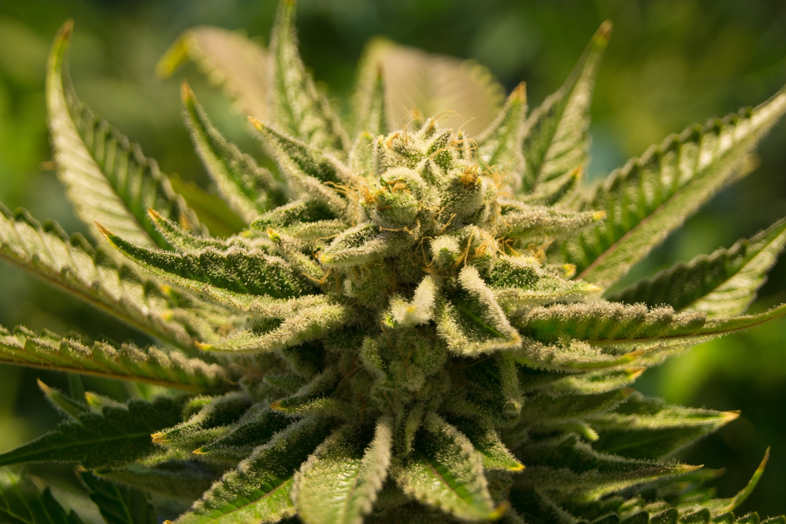

Potassium deficiency in CBD marijuana
When a cannabis plant does not absorb enough potassium, the symptoms it shows are decidedly unusual. It grows quickly at first, but the lower leaves start to dry out from the tips and turn brown. Suddenly the plant stops growing and developing.
Plants deficient in this nutrient are usually very fragile. Besides, spots may appear on the yellowish cannabis leaves, especially on the mature leaves.
There is another consequence of potassium deficiency that is very disadvantageous for the yield of the marijuana plantation: flowering can be delayed, and the buds can develop little and badly, leading to a non-existent or very disappointing yield.
The ideal way to solve a potassium deficiency is to buy and use a fertiliser with a high potassium content, to be added to the soil or irrigation water. The most appropriate fertilisers are the following:
- wood ash
- potassium sulphate
- granite dust
- kelp flour
In conclusion
Nutritional deficiencies in CBD cannabis plants can compromise plantlet growth and yield. Plants with nutrient deficiencies often die or grow poorly and badly, producing poor quality flowers with low CBD content.
It is not the case with the CBD flower you find online at Just Bob: we select CBD buds from the best growers, experts and problem solvers in marijuana plants, to guarantee our customers the highest quality.
What are you waiting for? Buy the best CBD flowers now at our CBD online shop: you will be delighted!


